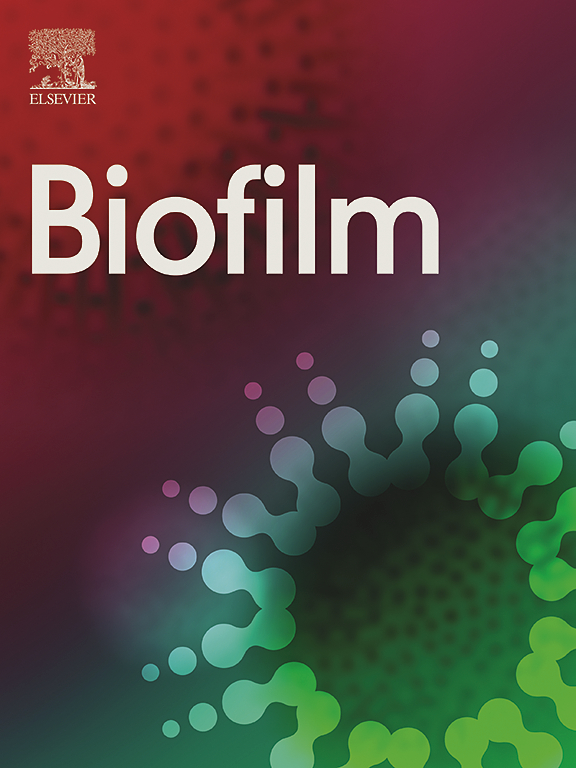Differences between lung adenocarcinoma and lung squamous cell carcinoma: Driver genes, therapeutic targets, and clinical efficacy
IF 6.9
2区 医学
Q1 BIOCHEMISTRY & MOLECULAR BIOLOGY
引用次数: 0
Abstract
With the rapid advancements in second-generation gene sequencing technologies, a growing number of driver genes and associated therapeutic targets have been unveiled for lung adenocarcinoma (LUAD) and lung squamous cell carcinoma (LUSC). While they are clinically classified as non-small cell lung cancer (NSCLC), they display distinct genomic features and substantial variations in clinical efficacy, underscoring the need for particular attention. Hence, this review provides a comprehensive overview of the latest advancements in driver genes, epigenetic targets, chemotherapy, targeted therapy, and immunotherapy for LUAD and LUSC. Additionally, it delves into the distinctions in signaling pathways and pivotal facets of clinical management specific to these two categories of lung cancer. Moreover, we furnish pertinent details regarding clinical trials pertaining to driver genes and epigenetics, thus establishing a theoretical foundation for the realization of precision treatments for LUAD and LUSC.
肺腺癌和肺鳞癌的区别:驱动基因、治疗目标和临床疗效
本文章由计算机程序翻译,如有差异,请以英文原文为准。
求助全文
约1分钟内获得全文
求助全文
来源期刊

Genes & Diseases
Multiple-
CiteScore
7.30
自引率
0.00%
发文量
347
审稿时长
49 days
期刊介绍:
Genes & Diseases is an international journal for molecular and translational medicine. The journal primarily focuses on publishing investigations on the molecular bases and experimental therapeutics of human diseases. Publication formats include full length research article, review article, short communication, correspondence, perspectives, commentary, views on news, and research watch.
Aims and Scopes
Genes & Diseases publishes rigorously peer-reviewed and high quality original articles and authoritative reviews that focus on the molecular bases of human diseases. Emphasis will be placed on hypothesis-driven, mechanistic studies relevant to pathogenesis and/or experimental therapeutics of human diseases. The journal has worldwide authorship, and a broad scope in basic and translational biomedical research of molecular biology, molecular genetics, and cell biology, including but not limited to cell proliferation and apoptosis, signal transduction, stem cell biology, developmental biology, gene regulation and epigenetics, cancer biology, immunity and infection, neuroscience, disease-specific animal models, gene and cell-based therapies, and regenerative medicine.
 求助内容:
求助内容: 应助结果提醒方式:
应助结果提醒方式:


